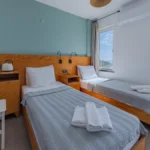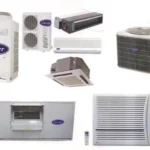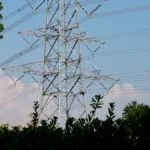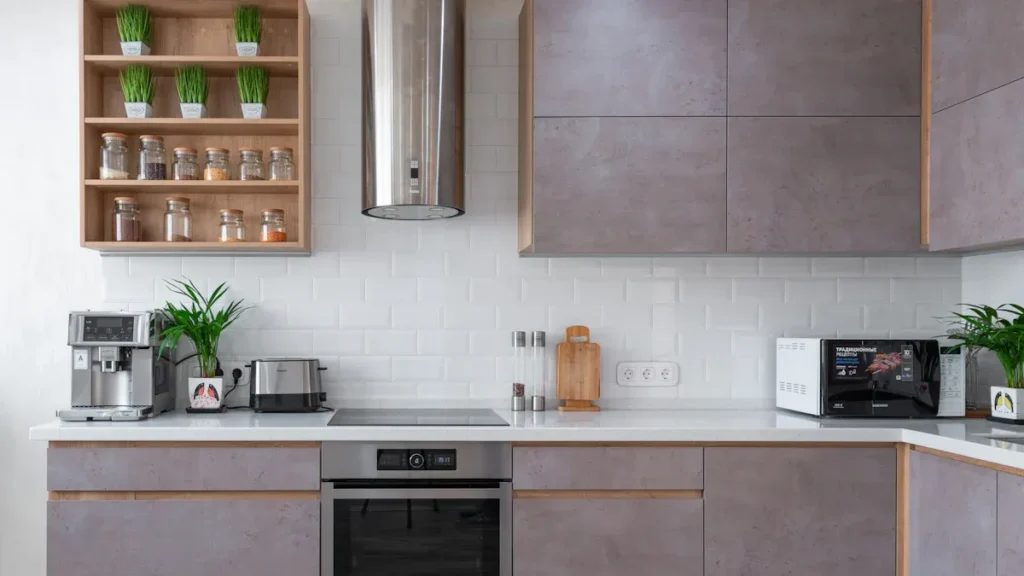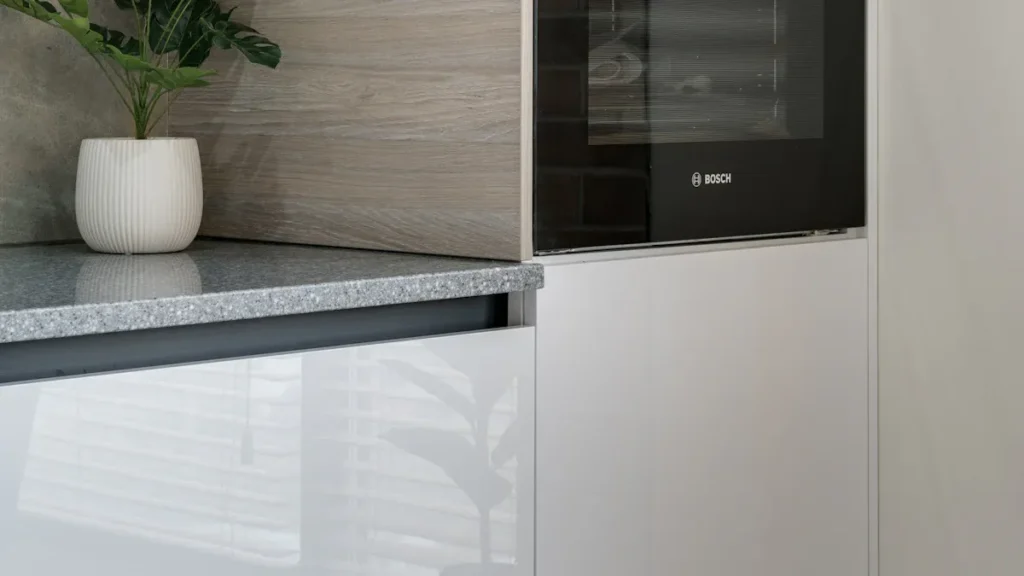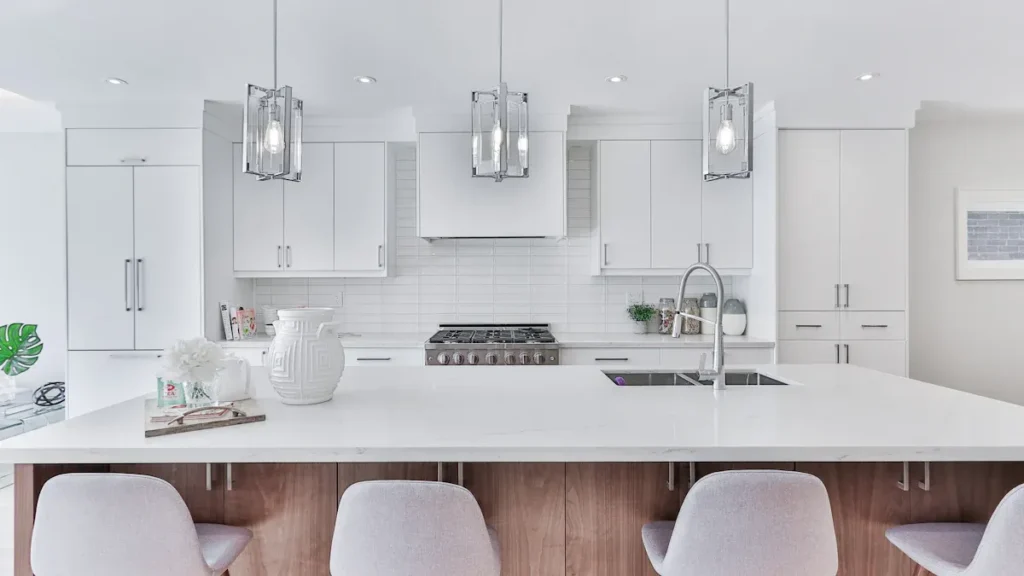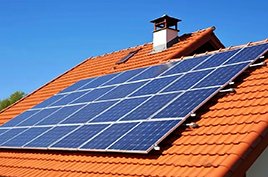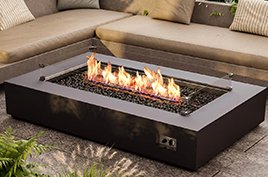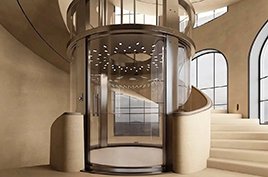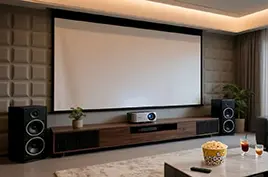You have built your dream home. It is big and bright, perfect for family gatherings. As summer heat arrives, you start to worry: Will central vs ductless air conditioning keep your house cool? Most people consider installation and energy use when making their choice. They also evaluate cooling power and cost. You think about your home’s size and your budget. You want cool air in every room. Choosing between central vs ductless air conditioning depends on what works best for you and your home.
Key Takeaways
Central air conditioning works best for homes bigger than 2,500 square feet. It cools the whole house evenly.
Ductless systems are flexible and save energy. They let you cool only certain rooms. You do not need ductwork for them.
Think about your home’s ductwork. If your ducts are good, central air is easier to install. It also costs less to put in.
Plan your budget carefully. Central air costs more at first, especially if you need new ducts. Ductless systems can get expensive in big homes.
Talk to an HVAC professional. They can help you pick the best system for your home’s size and needs. This will help you stay comfortable and save energy.
Central vs Ductless Air Conditioning Overview
Quick Verdict for Large Homes
If your house is big, you want every room to feel cool. Central air conditioning is best for homes over 2,500 square feet. It can cool large spaces and keeps the whole house comfortable. Ductless systems work well in smaller homes or for cooling just a few rooms. They save energy, but may not cool a big house unless you use many units.
Tip: If your house is bigger than 2,500 square feet, you might need a system with at least 42,000 BTUs, or about 3.5 tons of cooling power.
Key Factors Compared
You may ask how central vs ductless air conditioning are different. Here is a quick look at the main things that set them apart:
Feature | Central Air Conditioning | Ductless Air Conditioning |
|---|---|---|
Cooling Method | Uses ducts to move cool air | Cools certain areas without using ducts |
Thermostat Control | One thermostat for the whole house | Each unit has its own control |
Energy Efficiency | Some cool air can escape through ducts | More efficient, uses less energy |
Noise Level | Can be louder because of air moving in ducts | Quieter, since the compressor is outside |
Maintenance | Needs duct checks and cleaning often | Easier to care for, no ducts to clean |
Central air uses ducts to send cool air everywhere. This is good for big homes, but some cool air can get lost. Ductless systems cool each room by itself, so you can control each space and waste less energy. Ductless units are also quieter and easier to take care of. But for large homes, central air usually gives the most comfort.
Central Air Conditioning in Large Homes
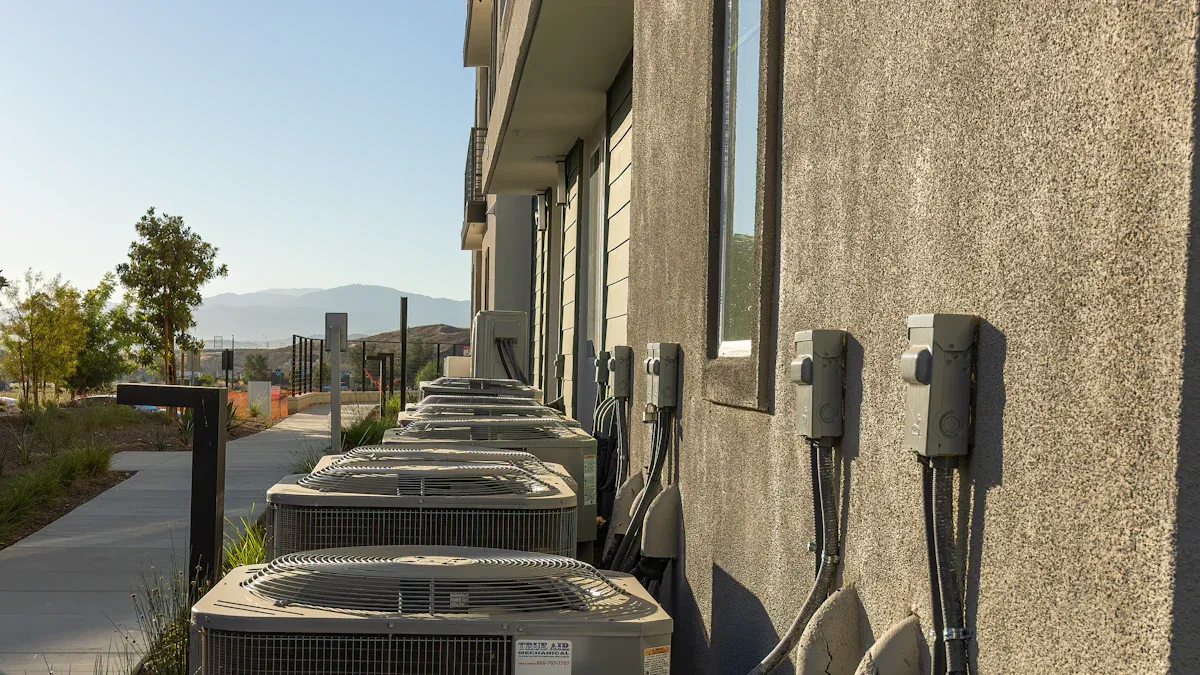
Cooling Efficiency
When you want to cool multiple rooms in a large home, central air conditioning stands out. These systems deliver strong, even cooling across big spaces. You need the right size system for your home. Here’s a quick guide:
Home Size (sq ft) | Required BTUs |
|---|---|
2,500 – 3,000 | 24,000 – 30,000 |
3,000+ | 36,000 – 48,000 |
A central system with enough power keeps every room comfortable, even during the hottest days. This level of efficiency is hard to match with smaller units.
Installation
Installing central air takes planning. Most jobs last one to three days. The actual work, like placing the unit and connecting ducts, usually takes four to eight hours. You may need extra time for home assessments and permits. If your home already has ductwork, the process goes faster.
Average installation time: 1-3 days
Actual installation: 4-8 hours
Extra steps: assessments and permits
Cost
The initial cost for central air systems can be high. You might pay between $3,000 and $15,000 for the air conditioner alone. If you need new ductwork, the total can reach $20,000 or more. Homes with good ducts usually see costs from $5,000 to $15,000.
Comfort
Central air conditioning gives you steady comfort. You feel cool air in every room. In open-concept homes, the system keeps temperatures even. In multi-story houses, zoning lets you control each floor’s climate.
Zoning
Zoning makes a big difference in large homes. You can set different temperatures for each area. This helps with energy efficiency and comfort. Here’s what zoning offers:
Benefit | Description |
|---|---|
Enhanced Comfort | Custom temperature control in every area |
Energy Efficiency | Less energy wasted in empty rooms |
Better airflow helps keep allergens and dust under control |
Aesthetics
Modern central air blends into your home’s design. You won’t see bulky units in your living space. The system hides in walls and ceilings, so your rooms stay open and stylish. This works well for open layouts and modern homes.
Ductless Air Conditioning for Large Homes
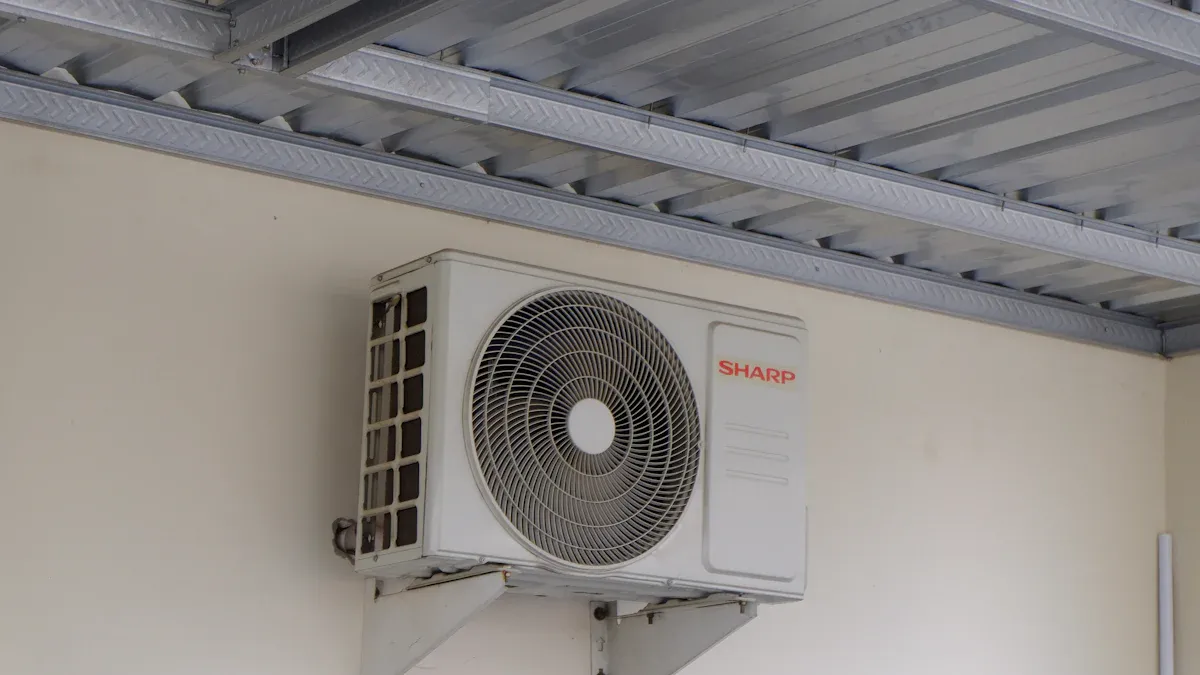
Energy Efficiency
You want to save energy and money. Ductless air conditioning can help you do both. These systems often reach higher SEER ratings than central air. That means they use less power to cool your home. You can turn off units in empty rooms, which cuts down on wasted energy. This makes ductless HVAC systems a smart choice if you care about energy efficiency. Still, if your home is over 2,500 square feet, you may need several units to keep every space cool.
Installation
Installing ductless mini-split systems in a large home can get tricky. You might face these challenges:
Multi-zone systems for big homes can cost between $6,000 and $21,000 or more because you need several indoor units.
Complex layouts, like multi-story homes, make installation harder and more expensive.
Hard-to-reach spots for outdoor units can raise costs.
You should plan for extra time and money if your home has a unique layout.
Cost
The price for ductless air conditioning depends on how many rooms you want to cool.
One or two zones: $2,000 to $8,000
Multi-zone systems for large homes: up to $13,500 or more
You pay more for each extra indoor unit. The total cost can add up fast in a big house.
Comfort
Ductless systems shine in large, open spaces. They spread cool air in many directions. Your living room and dining area will feel comfortable all summer. You get steady comfort where you need it most.
Zoning
You control each room’s temperature with a ductless system. Here’s what you get:
Feature | Description |
|---|---|
Individualized Control | Each indoor unit has its own thermostat for custom comfort. |
Energy Efficiency | You save energy by turning off units in empty rooms. |
Quiet Operation | These systems run quietly, great for bedrooms and home offices. |
You can set different temperatures in each zone. This is perfect for families with different comfort needs.
Central vs Ductless Air Conditioning: Side-by-Side Comparison
Efficiency
Efficiency is very important when you look at these systems. Ductless systems often have higher SEER ratings. This means they use less energy to cool your house. You can turn off units in rooms you are not using. That way, you do not waste electricity. Central air can also be efficient if the ducts are sealed well. In homes bigger than 2,500 square feet, central air cools every room evenly. If you want to cool many rooms at once, central air is usually best for steady comfort.
Installation Complexity
Central air needs more time and planning to install. If your house does not have ducts, workers must open walls and ceilings. This makes the job take longer and creates more mess. If you already have ducts, the work goes faster. Ductless mini-split systems are easier to put in because they do not need ducts. Each indoor unit only needs a small hole in the wall. In a big house, you may need many indoor units. This can make the setup harder.
Cost
Cost matters when you pick a cooling system for your home. Central air costs more to install, especially if you need new ducts. Ductless systems cost less at first if you only cool a few rooms. In a large house, the price goes up fast because you need more indoor units. Here is a table to show how costs compare:
Aspect | Ductless Systems | Central Air Systems |
|---|---|---|
Installation Costs | Lower for small homes, higher for large homes with many units | Higher, especially if new ductwork is needed |
Initial Cost | Lower for one or two zones | Higher for whole-home coverage |
Comfort
You want every room in your house to feel nice. Central air gives steady, even cooling in big spaces. This works well for open layouts and homes with more than one floor. Ductless mini-split systems let you set the temperature in each room. You can keep your bedroom cool at night and save energy in empty rooms. Both systems make your home comfortable, but central air is better for cooling large homes all over.
Zoning
Zoning lets you set different temperatures in different parts of your house. Ductless systems are great for this. Each indoor unit has its own control, so you can set each room how you like. Central air can have zoning too, but you need special dampers or extra thermostats. This makes the system more complicated and costs more. Here is a table to show the difference:
System Type | Zoning Capability | Notes |
|---|---|---|
Central A/C | Can offer zoning with modifications (like dampers) | Needs extra equipment for best results |
Ductless Mini-Split | Built-in zoning; each unit controlled separately | Easy to set different temperatures in each room |
Maintenance
All air conditioning systems need care to work well. Central air needs regular filter changes, duct cleaning, and yearly check-ups. Ductless systems need you to clean the filters and check each indoor unit. If you have many mini-splits, you will spend more time on upkeep. Central air has more complicated maintenance because of the ducts, but you only have one main system to service.
System Type | Maintenance Tasks | Frequency |
|---|---|---|
Ductless Systems | Filter cleaning, coil cleaning, refrigerant check | Every 2-4 weeks, annually |
Central AC | Filter changes, duct inspection and cleaning, annual tune-up | Every 1-3 months, annually |
Home Value
Your air conditioning choice can change your home’s value. Central air is popular with buyers who want comfort in every room. It also blends into the house and looks neat. Many real estate agents say homes with central air sell faster and for more money. Ductless mini-split systems also add value, especially in homes without ducts or in modern homes that care about saving energy. Both systems can help your home’s resale value, but central air usually makes the biggest difference in large homes.
🏡 Tip: If you want your home to be worth more and feel better, central air is a smart choice for large homes.
Ductless Mini-Split vs Central Air: Pros and Cons
Central Air Conditioning Pros and Cons
You want to know if central air is right for your large home. Central air can cool every room at once. The system hides most parts outside or in the attic, so you barely notice it. You get steady comfort and lower energy bills when the system fits your home size. Still, you need to think about the cost and care. Central air costs more upfront, especially if you need new ducts. You also need yearly maintenance to keep it running well. If you pick the wrong size, the system might not work as it should.
Here’s a quick look at the main pros and cons:
Pros of Central AC | Cons of Central AC |
|---|---|
Most efficient way to cool an entire home | Requires annual maintenance |
Lowers energy bills and maintains comfort | Higher upfront costs, especially if ductwork needed |
Components are located outside, nearly invisible | Risk of undersized or oversized unit performance |
🛠️ Tip: Always ask an HVAC expert to size your central air system. This helps you avoid problems with cooling and energy use.
Ductless Mini-Split Pros and Cons
You might like the idea of a ductless mini-split system. It gives you control over each room’s temperature. You can install it almost anywhere, even in home additions. The system saves energy and offers built-in zoning. Still, you need to think about how it looks and how much work it takes to keep it running. The indoor units may not match your home’s style. You need to clean the filters often. In very large homes, mini-splits can struggle to keep every room cool. You also need more space for installation.
Here’s a table to help you compare:
Pros | Cons |
|---|---|
Flexible installations | Higher upfront costs |
Suitable for home additions | Aesthetic concerns |
Energy efficiency | Maintenance requirements |
Built-in zoning | Limitations in heating performance |
You may notice indoor units on your walls.
You need to change filters more often.
Mini-splits may not keep big homes at the same temperature in every room.
Less effective ventilation than central air.
💡 Note: Ductless mini-split systems work best when you want to cool specific rooms or areas, not the whole house at once.
Choosing the Right System
Home Size
The size of your home plays a huge role in picking the right air conditioning system. If you live in a large house, you need a system that can handle all that space. Central air conditioning works best for homes over 2,500 square feet. It cools every room evenly and keeps the whole house comfortable. Ductless systems can work in big homes, but you might need several units. This can get complicated and expensive fast.
Here’s a quick table to help you see which system fits your home size:
Home Size | Ductless AC | Central AC |
|---|---|---|
Large (more than 2,500 sq. ft.) | Can be Complex and Costly | Highly Recommended |
If your home is smaller or you only want to cool a few rooms, a mini-split might be enough. For big homes, central air usually makes more sense.
Existing Ductwork
Take a look at your home’s current setup. If you already have good ductwork, central air conditioning becomes much easier to install. The system connects right to your existing ducts, so you save time and money. If your home does not have ducts or the ducts are old and leaky, installing central air can get tricky and expensive. In this case, a ductless mini-split system might be a better fit. You do not need to tear up walls or ceilings, and you avoid the hassle of adding new ducts.
Budget
Your budget matters when choosing between these systems. Central air costs more upfront, especially if you need new ductwork. The price can climb quickly in large homes. Ductless systems cost less if you only need to cool one or two rooms. If you want to cool your whole house with ductless units, the total price can add up because you need more indoor units. Think about how much you want to spend now and how much you want to save on energy bills later.
💡 Tip: Always ask for a full estimate before you decide. This helps you avoid surprise costs.
Preferences
Think about what you want most from your air conditioning. Do you want every room to feel the same, or do you like having different temperatures in different spaces? Central air gives you even cooling everywhere. Ductless systems let you control each room on its own. Some people care about how the system looks. Central air hides most parts out of sight. Ductless units show on your walls, but they come in different styles to match your home.
Flexibility
Flexibility can make a big difference, especially if your needs change over time. Ductless systems let you add more units later if you build an addition or finish a basement. Central air works best when you want to cool the whole house from the start. If you plan to change your home or want to cool only certain rooms, a mini-split gives you more options.
🛠️ Note: Every home is different. You should talk to an HVAC professional before making a final choice. They can look at your home’s size, layout, and needs to help you pick the best system.
Real-World Scenarios
When Central Air Is Best
You live in a big house with lots of rooms. You want every space to feel cool, even on the hottest days. Central air works best when you need to cool the whole house at once. If your home already has ductwork, you can install central air quickly. You will not see any bulky units on your walls. The system stays hidden, so your rooms look clean and open. Central air also helps if you plan to sell your home. Many buyers look for this feature.
Central air is a great choice if:
Your home is over 2,500 square feet.
You want even cooling everywhere.
You already have ductwork.
You care about home value.
Central air gives you steady comfort and a neat look.
When Ductless Air Conditioning Works
You might have a home with no ducts or want to cool only certain rooms. A ductless mini-split system lets you control the temperature in each space. You can save energy by turning off units in empty rooms. This system works well for home offices, guest rooms, or new additions. If you have family members who like different temperatures, a mini-split gives everyone what they want.
Ductless systems fit best when:
You do not have ductwork.
You want to cool just a few rooms.
You need flexible zoning.
You want to save on energy bills.
You get quiet, targeted cooling without major changes to your home.
Hybrid Solutions
Sometimes, you want the best of both worlds. You can use central air for the main living areas and add a mini-split for spaces that need extra cooling. For example, you might have a finished attic or a sunroom that gets hot. A hybrid setup lets you stay comfortable everywhere without overworking your main system.
Area | Best Cooling Option |
|---|---|
Main Living Space | Central Air |
Additions/Attic | Mini-Split |
A hybrid solution gives you comfort and control in every part of your home.
Choosing the right air conditioning for your large home matters. Central air works best if you want even cooling and already have ducts. Ductless mini-splits save energy and let you control each room. Take a look at this quick guide:
What to Think About | Central AC | Ductless Mini-Split |
|---|---|---|
Installation | Needs ducts | No ducts needed |
Energy Use | Some loss through ducts | More efficient |
Best For | Room-by-room control |
Talk with an HVAC expert to find what fits your home and needs. You can enjoy cool comfort all summer!
FAQ
What size air conditioner do I need for a large home?
You need about 20 BTUs for each square foot. For homes over 2,500 square feet, look for a system with at least 42,000 BTUs or 3.5 tons. Always ask an HVAC pro for the best fit.
Can I use both central and ductless systems together?
Yes! You can use central air for main spaces and add ductless units for rooms that need extra cooling. This combo works well for sunrooms, attics, or new additions.
Do ductless mini-splits work in cold climates?
Ductless mini-splits can heat and cool. Some models work in cold weather, but you should check the specs. For very cold areas, you may need a backup heat source.
How often should I clean or service my air conditioning system?
You should clean filters every 1-3 months. Schedule a professional check-up once a year. Ductless units need filter cleaning more often if you use them a lot.
Will a ductless system raise my home’s value?
A ductless system can add value, especially if your home has no ducts. Buyers like energy savings and flexible cooling. Central air usually adds more value in large homes.

